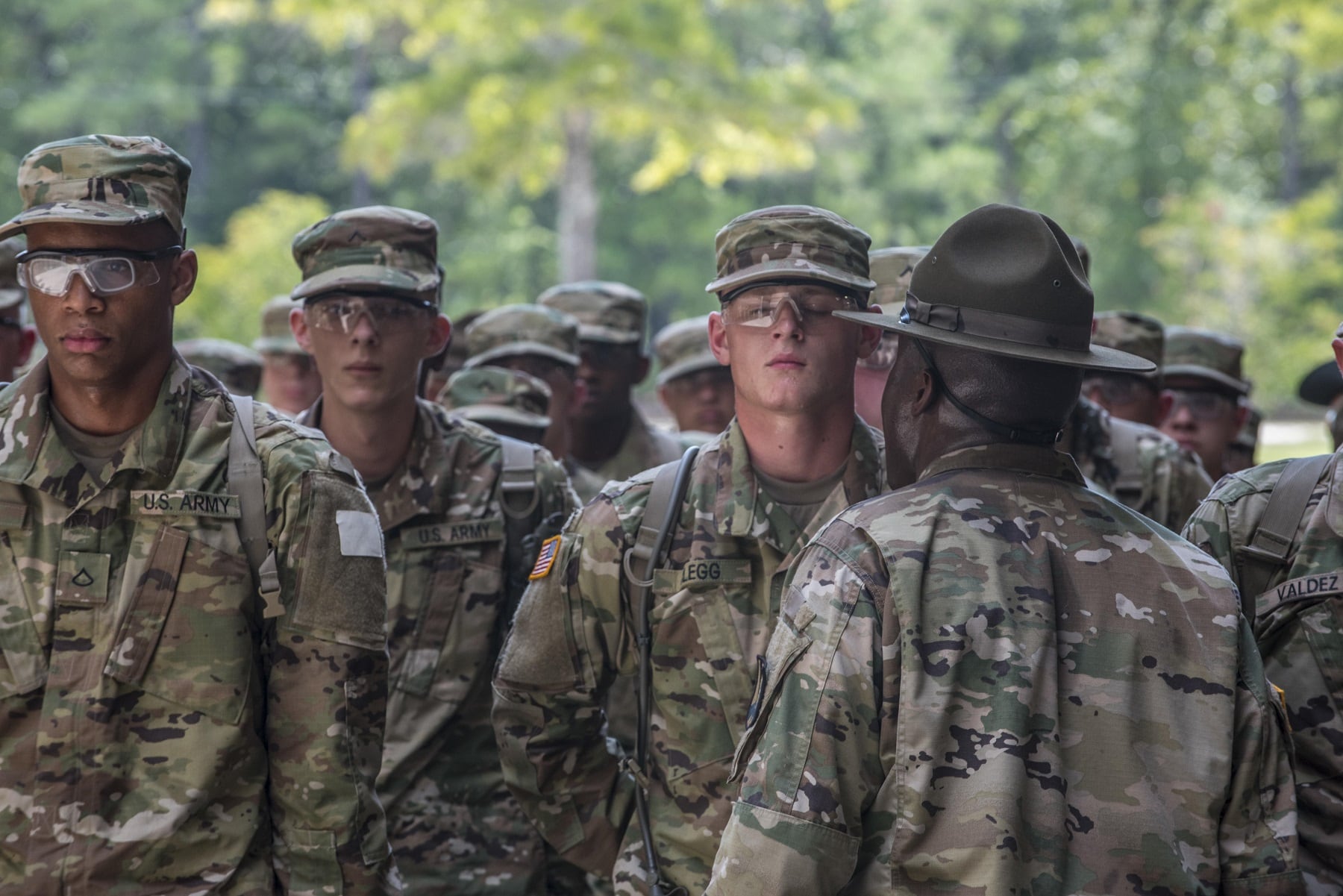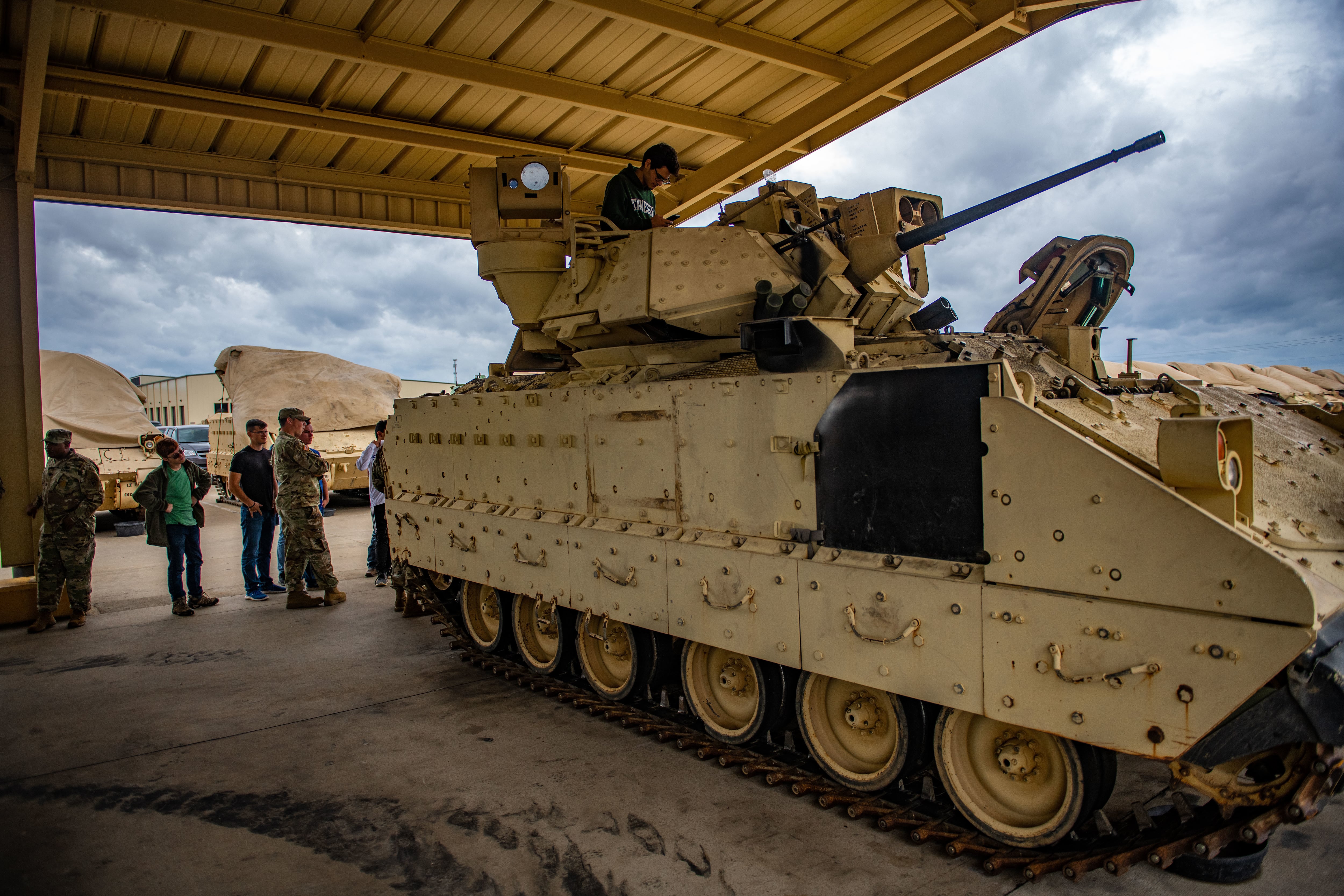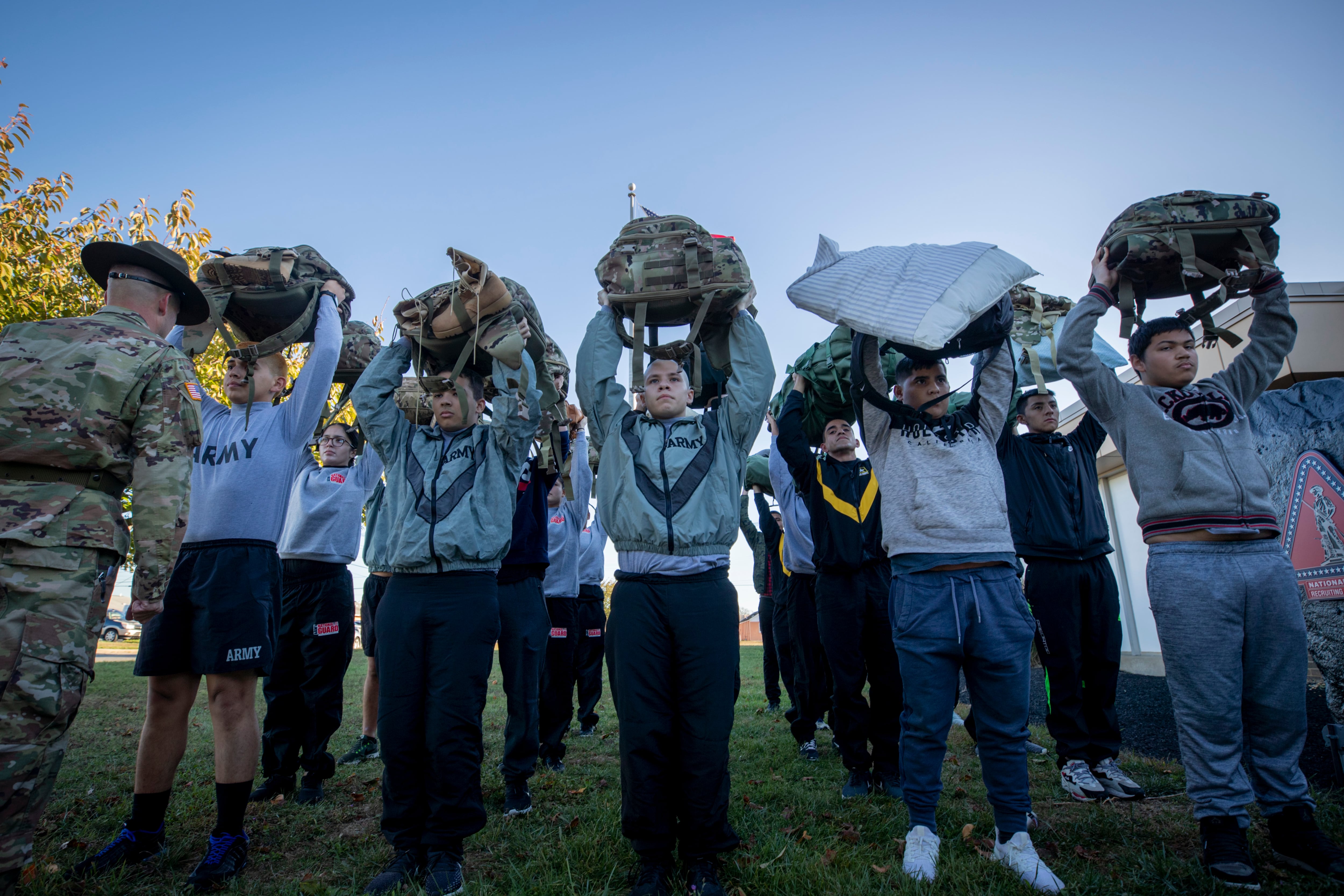Army recruiters are already ahead of their 2019 recruitment numbers to a significant degree, service officials said this week.
“Last year, we were behind from day one at about 4,000. Right now, the model has us over by about 600,” said Maj. Gen. Frank Muth, head of Army Recruiting Command.
The Army’s recruiting goal for 2020 is “north of 68,000” soldiers, Muth told an audience at the Association of the U.S. Army on Wednesday. But he hasn’t officially received the mission letter announcing the new number, he cautioned.
One of the big differences this year is that the service’s recruitment enterprise isn’t “taking a knee” at the close of the fiscal year in September like they traditionally do, according to Muth.
Recruiting stations dotting across the United States push into overdrive during the months of June, July and August to meet quotas, and are typically rewarded with down time at the start of the next fiscal year.
“Because in that June, July, August push, they’re literally working seven days a week to meet mission,” Muth said. “They’ll come out and they’ll just slow down for October, November and December."
RELATED

“That is not happening this year,” Muth added.
This year, Army Recruiting Command made their October recruiting numbers halfway through the month, and immediately began working through their November goals. Now that November has started, Muth said that they’re already working on January numbers.
December is typically considered “a wash” because of the Christmas and New Year holidays.
“We haven’t done that in four years and we think that by early December we’ll be able to start recruiting for February, which is one of our toughest months [and] will help us immensely,” Muth said.
The enlistment bump isn’t just because recruiters are working overtime. New initiatives also came to fruition last year to tap into historically neglected populations in 22 cities, according to Army leaders who spoke with reporters in September to announce that they met their fiscal 2019 goals.

Those cities are mostly located outside the Southern United States and include Boston, Chicago, Los Angeles and New York. These major urban areas have a large “qualified military available” population of youth, but the propensity to join the military doesn’t exist, Muth said.
So the Army has been staging events in these areas and increasing its outreach with civic leaders to build inroads into new communities.
“By readdressing the 22 cities in America, we had a double-digit lift with females and minorities," Secretary of the Army Ryan D. McCarthy said in September. "We are getting a much more comprehensive cohort of men and women to join the force that are a reflection of the country.”
The large recruiting push is designed to fuel the Army’s need to grow to a 500,000-strong active-duty force by the end of the next decade.
RELATED

Army Recruiting Command is still working in those 22 cities this fiscal year, but leaders have added what they call “P2Cs" or priority population centers “that influence those different cities,” Muth said.
Dallas, for instance, is no longer just Dallas. It’s a giant metroplex commonly referred to as Dallas–Fort Worth. The service must therefore focus on the urban sprawl connecting these areas.
Muth’s team is now planning to break the 22 focus cities out into categories of “must win” and “must keep.”
“Once we move one into ‘must keep,’ as you can imagine, your resources drop,” Muth explained. “Because with winning it, you got to over-market, you got to put more assets and resources in there. ... It allows — on a sliding scale throughout the year — to constantly look at those cities and see where they are."
For example, Army Recruiting Command is “very close” to moving Dallas from “must win” to “must keep," Muth added.
Kyle Rempfer was an editor and reporter who has covered combat operations, criminal cases, foreign military assistance and training accidents. Before entering journalism, Kyle served in U.S. Air Force Special Tactics and deployed in 2014 to Paktika Province, Afghanistan, and Baghdad, Iraq.





